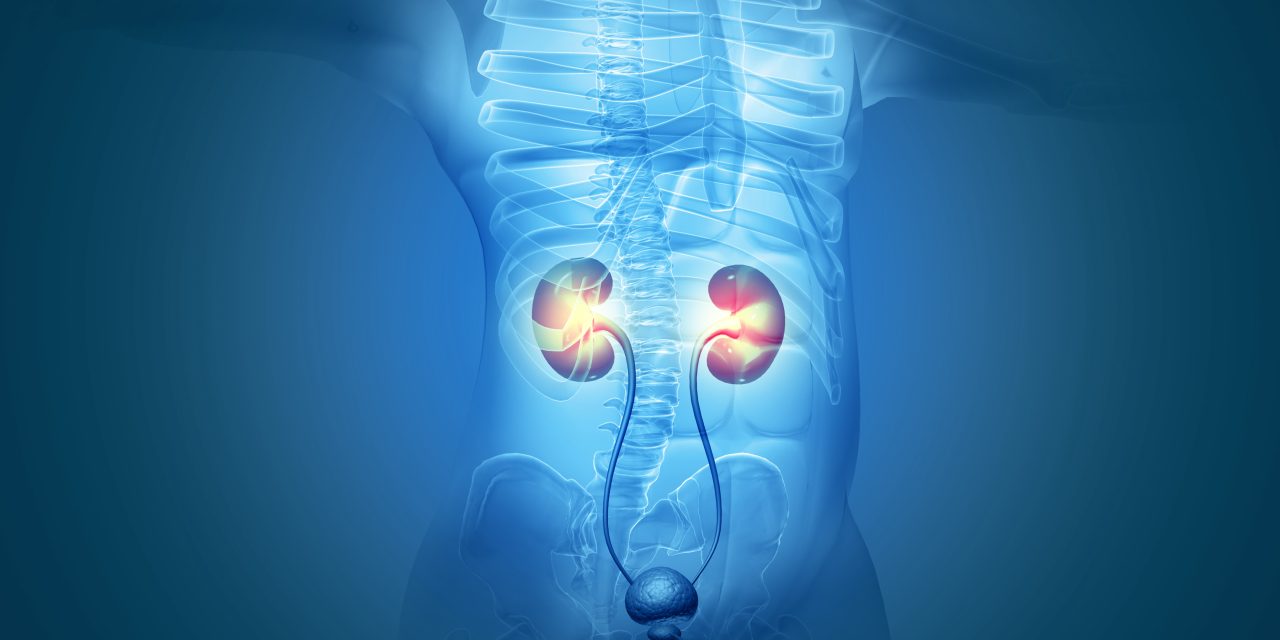Various in vitro and in vivo animal studies have shown that adenosine triphosphate (ATP) has a stimulatory role and nitric oxide (NO) has an inhibitory role in modulating bladder contractility. However, it is not known what happens to the urinary levels of ATP and NO in humans with underactive bladder (UAB).
In this prospective case-control study, we compared ATP and NO levels in twenty six male patients of UAB with a bladder contractility index (BCI) of < 100 and 18 healthy male volunteers without any lower urinary tract symptoms (LUTS).
The mean urinary ATP levels were significantly lower in cases compared to controls (546.1 ± 37.3 pg/µl vs. 610.7 ± 24.9 pg/µl, p value < 0.001) and the mean NO levels were significantly higher in cases compared to controls (1233.4 ± 91.2 pg/µl vs. 1126.3 ± 91.3.4 pg/µl, p value < 0.001). The mean NO/ATP ratio in cases was significantly higher than that of controls (2.26 ± 0.2 vs. 1.84 ± 0.18, p value < 0.000). Using receiver operating curve (ROC) analysis, we noted the area under the curve (AUC) for NO/ATP ratio to be 0.91 in the diagnosis of cases. A cut-off value of 2.06 for NO/ATP ratio had sensitivity, specificity and diagnostic accuracy of 88.5%, 88.9% and 88.6%, respectively, in diagnosing patients with UAB.
Patients with UAB have significantly higher levels of urinary NO and decreased levels of urinary ATP. Urinary NO/ATP levels can be considered as a noninvasive alternate test for diagnosing bladder underactivity.
© 2021. The Author(s), under exclusive licence to Springer-Verlag GmbH Germany, part of Springer Nature.
Urinary adenosine triphosphate and nitric oxide levels in patients with underactive bladder: a preliminary study.


